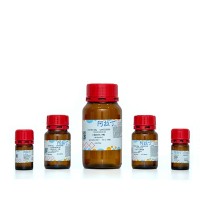Application of the Lectin-Dependent Cell-Mediated Cytotoxicity Assay to Bronchoalveolar Lavage Fluid and Venous Blood Samples Collected from Canine Lu
互联网
互联网
相关产品推荐

Mannan Binding Lectin/MBL2重组蛋白|Recombinant Human MBL2 / MBL / COLEC1 Protein
¥2310

BDNF重组蛋白|Recombinant Human / Mouse / Rat / Cynomolgus / Canine BDNF Protein
¥580

Hemagglutinin/HA重组蛋白|Recombinant H1N1 (A/California/04/2009) HA-specific B cell probe (His Tag)
¥2570

氢氧化铝悬浮液,for Chloride Determination in Highly Colored Samples,阿拉丁
¥102.90

SK-LU-1人低分化肺腺癌|SK-LU-1细胞
¥1500
相关问答

